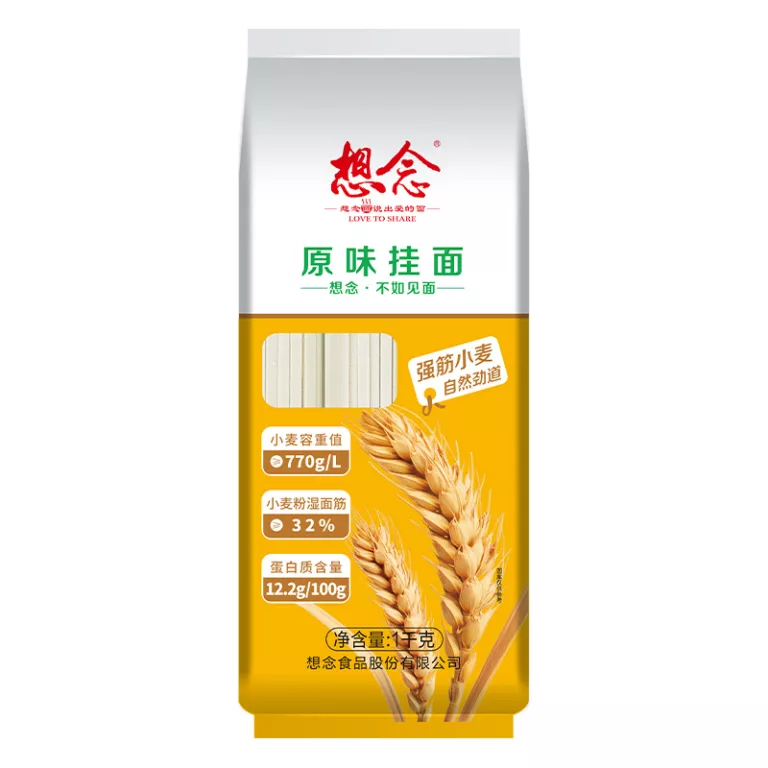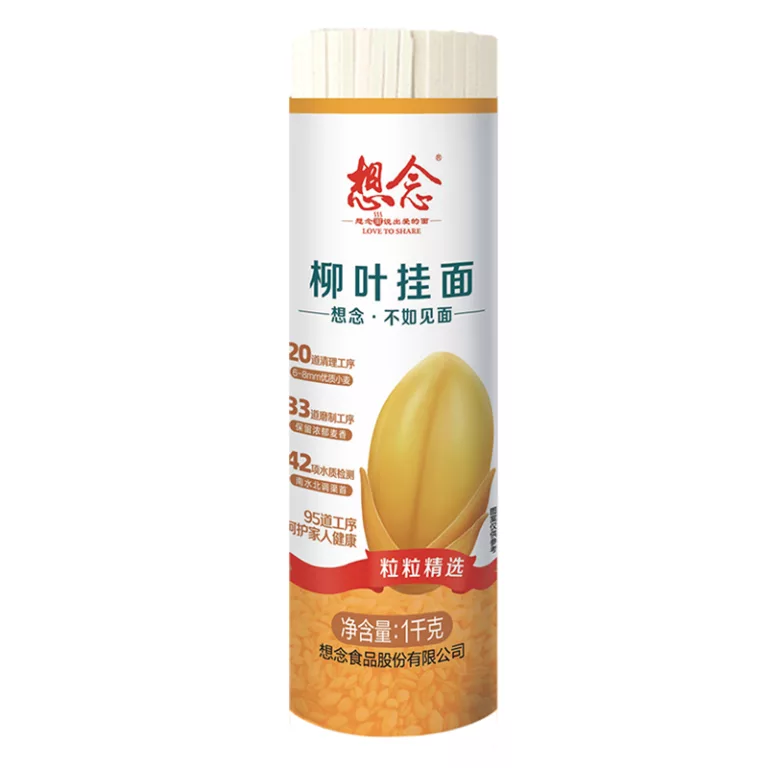Noodles vs Spaghetti: Which is Healthier?
-
zeyuan li
- February 13, 2023
Table of Contents
Noodles and spaghetti are two of the most popular forms of pasta around the world. From Italian-style fettuccine to ramen noodles and Asian-style spaghetti, these carbohydrates are staples of many diets. But is one more nutritious than the other? Here’s what the nutrition experts say about noodles vs spaghetti.
Nutrition Comparison
When it comes to comparing the nutrition of noodles and spaghetti, there is no clear winner. Generally speaking, both are very similar nutritionally. The exact nutrition of noodles and spaghetti will depend on the ingredients of the specific product you are looking at.
Calories
Noodles and spaghetti have around the same number of calories per serving. A 1-cup (125-gram) serving of noodles contains about 190 calories, while a 1-cup (125-gram) serving of spaghetti contains about 176 calories. However, the calorie content of noodles and spaghetti will vary depending on the products you buy.
Carbohydrates
As with calories, noodles and spaghetti contain about the same amount of carbohydrates per serving. A 1-cup (125-gram) serving of noodles contains about 36 grams of carbohydrates, while a 1-cup (125-gram) serving of spaghetti contains about 37 grams of carbohydrates. Again, the exact amount of carbohydrates will vary depending on the product you choose.
Protein
Protein is an essential part of any balanced diet, and noodles and spaghetti both contain a decent amount. A 1-cup (125-gram) serving of noodles contains about 6 grams of protein, while a 1-cup (125-gram) serving of spaghetti contains about 7 grams of protein.
Fat
The amount of fat in noodles and spaghetti varies depending on the product you buy. Generally, noodles contain slightly more fat than spaghetti. A 1-cup (125-gram) serving of noodles contains about 1–2 grams of fat, while a 1-cup (125-gram) serving of spaghetti contains about 1 gram of fat.
Fiber
Fiber is an important part of any diet. It helps keep your digestive system running smoothly and keeps you feeling full for longer. A 1-cup (125-gram) serving of noodles contains about 2 grams of fiber, while a 1-cup (125-gram) serving of spaghetti contains about 4 grams of fiber.
Vitamin and Mineral Content
Both noodles and spaghetti can be a good source of certain vitamins and minerals. For example, a 1-cup (125-gram) serving of noodles contains 25% of the daily value (DV) for thiamine, which is associated with energy production, and 18% of the DV for manganese, which is associated with numerous biological processes. Meanwhile, a 1-cup (125-gram) serving of spaghetti contains 18% of the DV for niacin, which is associated with healthy skin and nerve function, and 16% of the DV for selenium, which is associated with thyroid health.
Health Benefits of Eating Noodles and Spaghetti
Though neither noodles nor spaghetti are particularly nutritious, both can still be part of a healthy diet. Here are some potential health benefits of eating noodles and spaghetti:
- Noodles and spaghetti are both easy to prepare, which makes them a great option when you’re short on time or energy.
- Both noodles and spaghetti are cheap and widely available.
- Both are good sources of carbohydrates, which can provide you with quick energy.
- Both noodles and spaghetti can be part of a balanced diet that includes plenty of other nutritious foods.
- Noodles and spaghetti are tasty and satisfying.
- They are versatile and can be combined with a variety of other ingredients to create a variety of meals.
- Both noodles and spaghetti can be stored for long periods of time, making them a convenient choice.
Conclusion
Noodles and spaghetti are two popular types of pasta that are often seen as interchangeable. However, there are subtle differences in their nutrition profiles. Noodles tend to have slightly more calories and fat than spaghetti, while spaghetti tends to have slightly more fiber. Both varieties are good sources of carbohydrates and can be part of a balanced diet.








